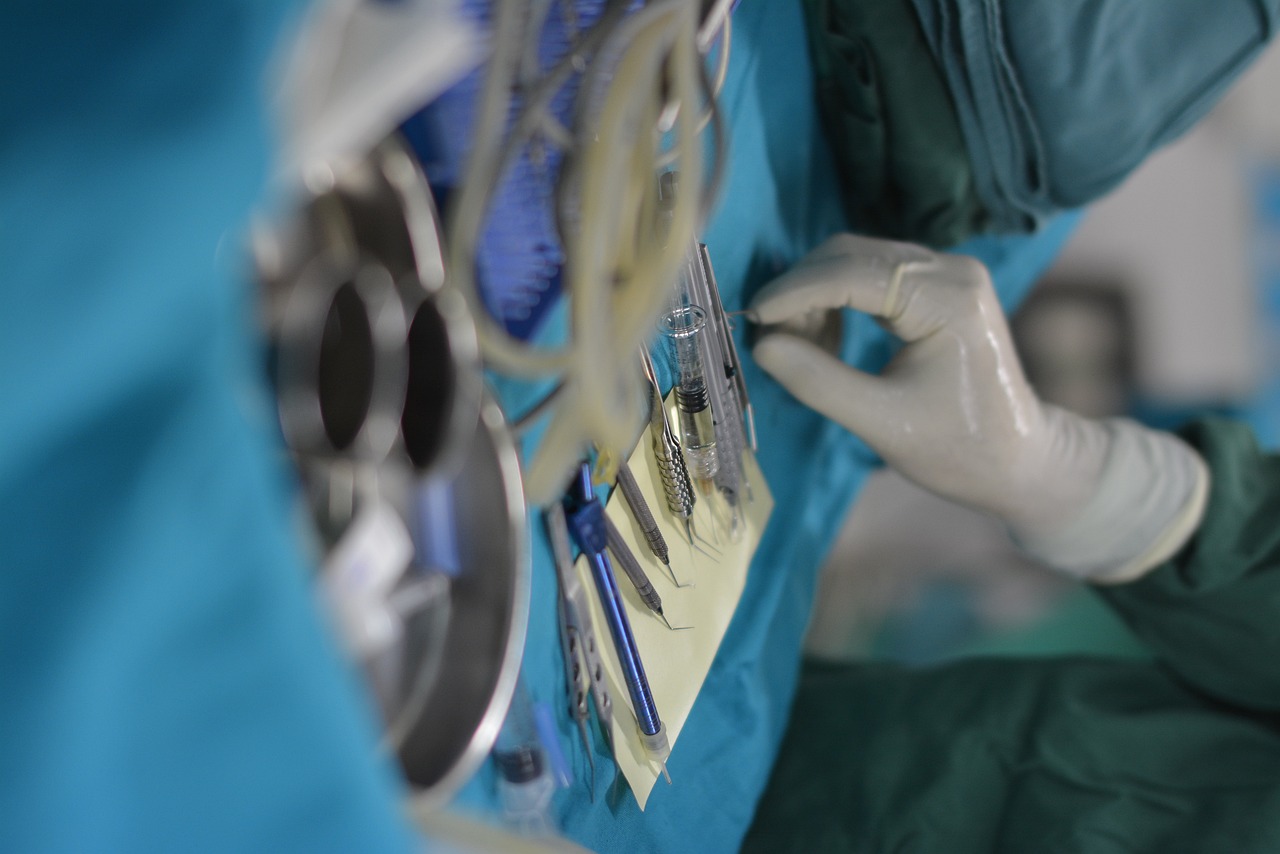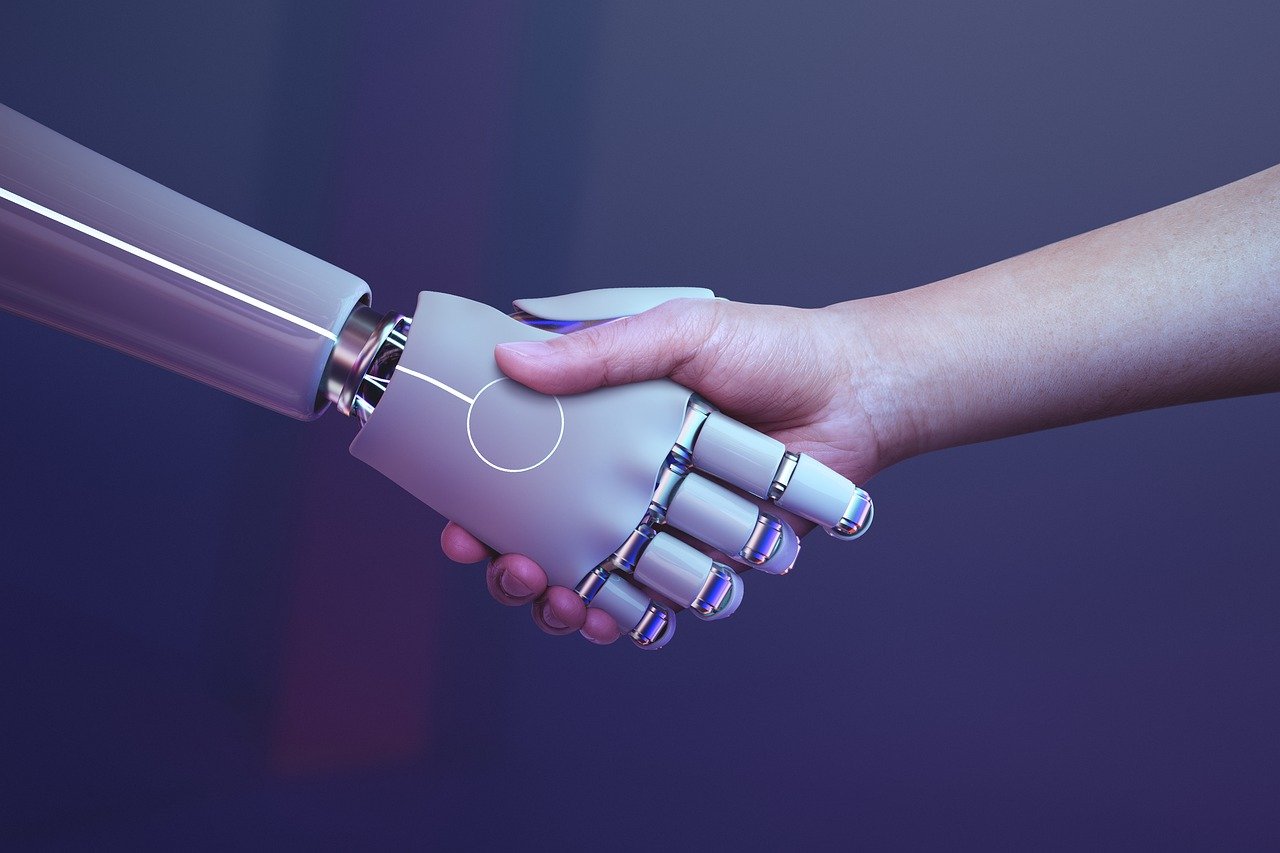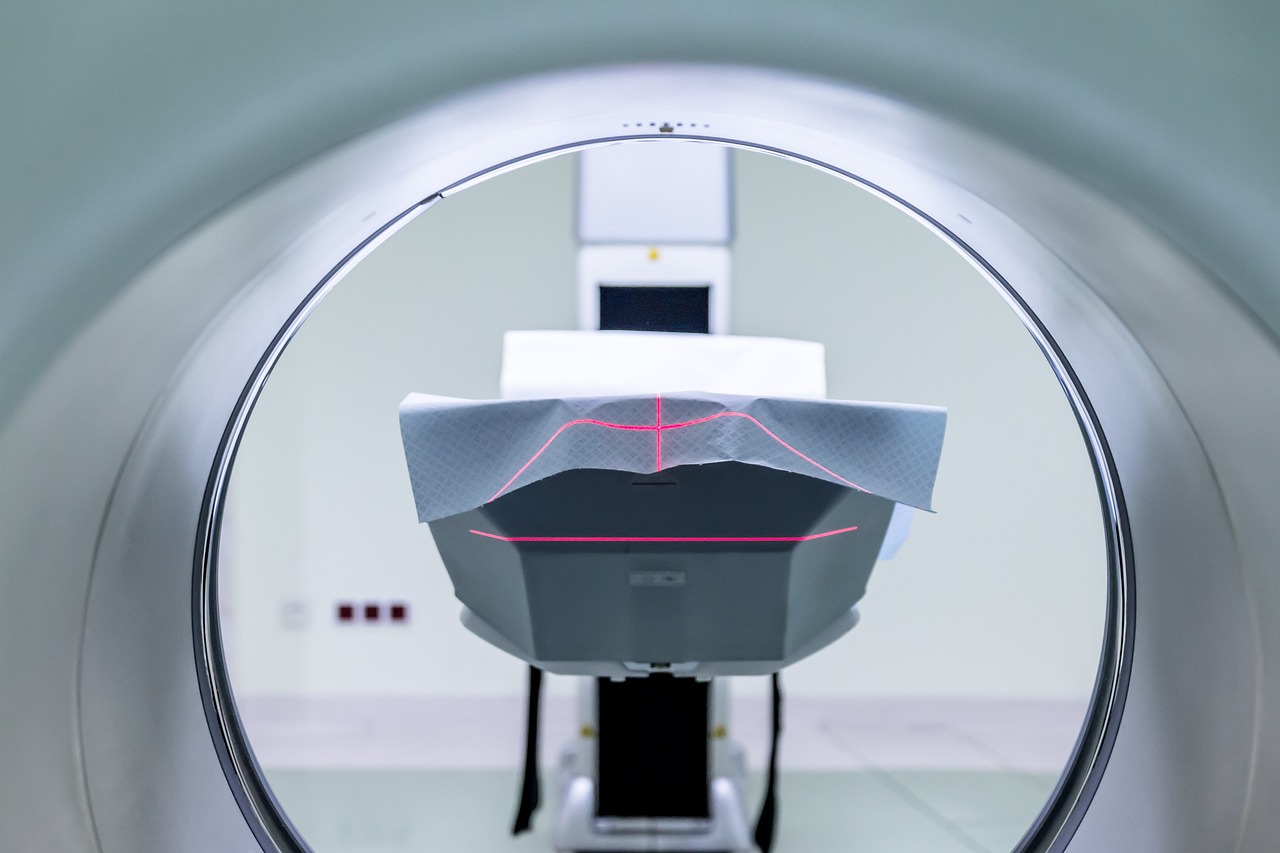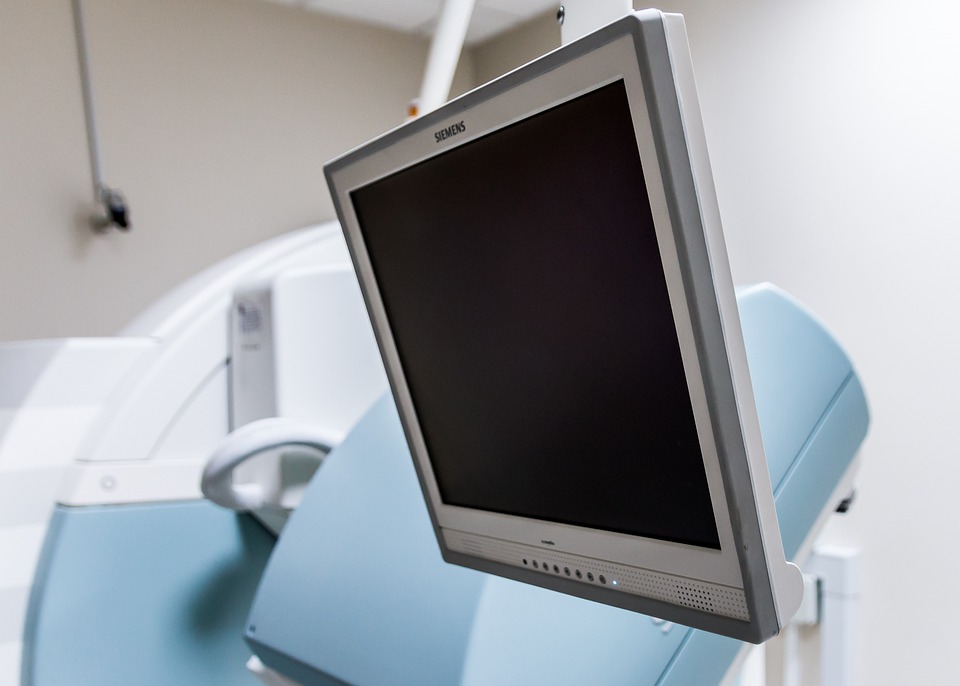Evolution of 3D Printing in Medicine
Early Developments
The integration of 3D printing technology into the medical field has a rich history, with early advancements dating back to the 1980s. Some of the key milestones in the early days of medical 3D printing include:
- 1986: The first 3D printed medical model was created using stereolithography, a 3D printing technique.
- 1999: The first 3D printed dental implant was successfully implanted in a patient.
- 2002: The first 3D printed prosthetic limb was developed, revolutionizing the field of prosthetics.
Technological Advancements
Over the years, 3D printing technology has undergone significant improvements, enhancing its capabilities and applications in the medical field. Some of the key technological advancements include:
- Improved Materials: The development of biocompatible materials, such as titanium, ceramics, and polymers, has enabled the creation of safer and more durable 3D printed medical devices.
- Increased Precision: Advancements in 3D printing hardware and software have improved the accuracy and resolution of printed models, allowing for the creation of highly detailed and precise anatomical replicas.
- Expanded Printing Techniques: The introduction of new 3D printing techniques, like fused deposition modeling (FDM) and selective laser sintering (SLS), has expanded the range of materials and applications in medical 3D printing.
- Enhanced Imaging Integration: The seamless integration of 3D printing with medical imaging technologies, such as CT scans and MRI, has facilitated the creation of personalized, patient-specific models for surgical planning and implant design.
Applications of 3D Printing in Surgery
| Traditional Method | 3D Printing Application |
|---|---|
| Surgical Planning: Reliance on 2D medical images and mental visualization | Surgical Planning: Creation of 3D printed anatomical models for detailed pre-operative planning |
| Implant Design: Standardized, one-size-fits-all implants | Implant Design: Custom-designed, patient-specific implants and prosthetics |
| Surgical Guides: Manual placement of surgical tools based on experience | Surgical Guides: 3D printed patient-specific guides for precise tool positioning and improved surgical outcomes |
Pre-Surgical Planning
One of the primary applications of 3D printing in surgery is the creation of accurate anatomical models for pre-surgical planning. These 3D printed models, based on the patient’s medical imaging data, allow surgeons to:
- Visualize the patient’s unique anatomy in three dimensions, facilitating a deeper understanding of the surgical site.
- Rehearse complex procedures and test surgical approaches, leading to improved surgical outcomes.
- Identify potential challenges and plan for contingencies before the actual surgery.
- Enhance communication with patients and their families, improving their understanding of the planned procedure.
Custom Implants and Prosthetics
3D printing has revolutionized the field of custom implants and prosthetics by enabling the creation of patient-specific devices. Some key advantages of 3D printed implants and prosthetics include:
- Improved Fit and Comfort: 3D printed implants and prosthetics are designed to precisely match the patient’s anatomy, ensuring a perfect fit and improved comfort.
- Enhanced Functionality: Custom 3D printed devices can be designed to better mimic the natural function and movement of the replaced body part.
- Reduced Surgical Time: The availability of pre-planned, custom-fit implants and guides can significantly reduce the duration of surgical procedures.
- Improved Biocompatibility: The use of biocompatible materials in 3D printing has led to better integration of implants with the patient’s body.
Case Studies of 3D Printing in Surgery
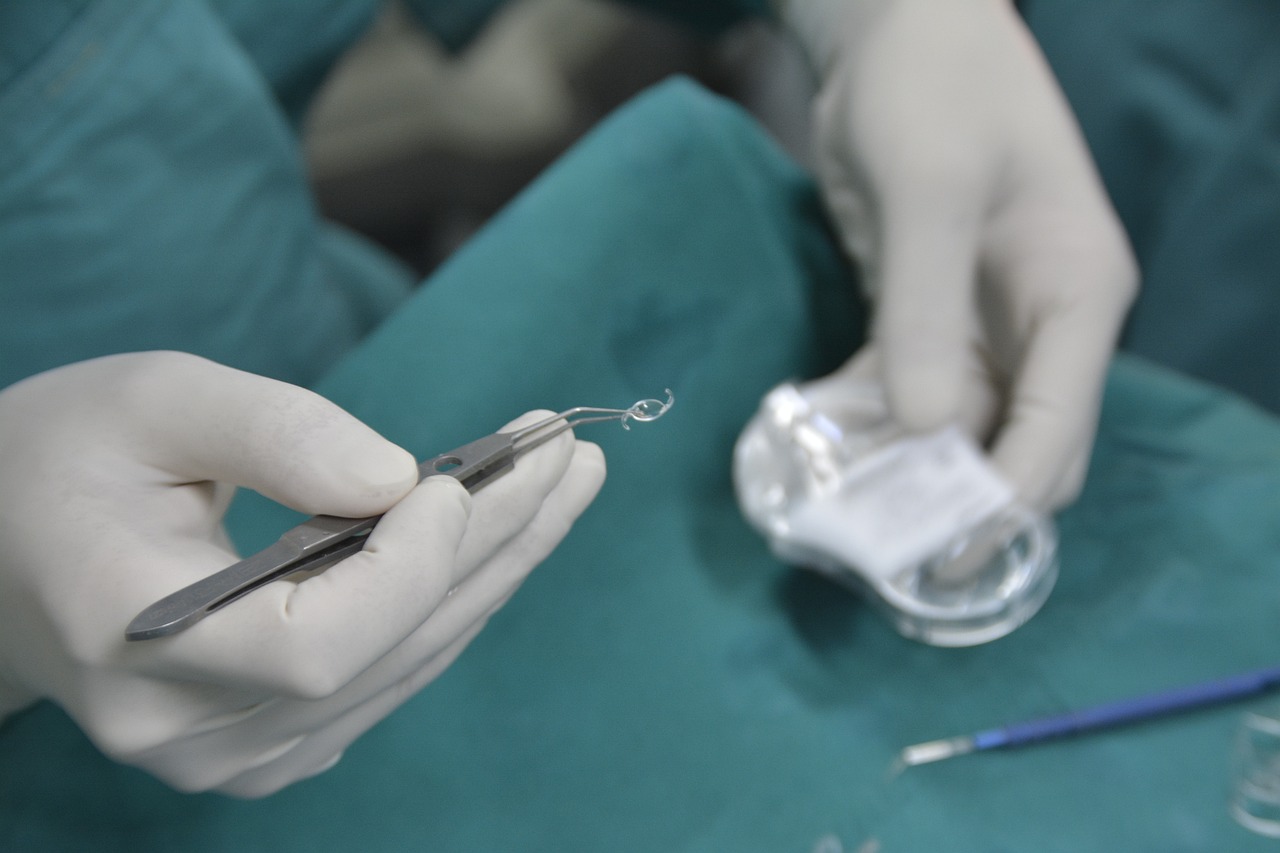
Orthopedic Surgery
In a case study from a leading orthopedic hospital, surgeons utilized 3D printing technology to plan and execute a complex hip replacement surgery. The key outcomes of this initiative include:
- Improved Surgical Accuracy: The 3D printed patient-specific surgical guide allowed for precise placement of the hip implant, resulting in excellent alignment and positioning.
- Reduced Surgery Time: The pre-planning and use of 3D printed guides significantly reduced the duration of the surgical procedure, minimizing the patient’s exposure to anesthesia and other risks.
- Enhanced Recovery: The custom-fit implant and precise surgical execution led to a faster recovery process, with the patient returning to normal activities within a shorter timeframe.
Craniofacial Surgery
A renowned children’s hospital employed 3D printing technology to assist in a complex craniofacial reconstruction surgery for a young patient. The key outcomes of this case study include:
- Enhanced Precision: The 3D printed anatomical model and surgical guides allowed the surgical team to plan and execute the intricate procedure with unprecedented accuracy.
- Reduced Surgery Time: The use of 3D printed guides and implants streamlined the surgical workflow, resulting in a shorter overall procedure duration.
- Improved Aesthetic Outcomes: The custom-designed 3D printed implants enabled the reconstruction of the patient’s facial features, leading to a more natural and aesthetically pleasing result.
| Case Study | Key Takeaways |
|---|---|
| Orthopedic Surgery | – Improved surgical accuracy<br>- Reduced surgery time<br>- Enhanced recovery |
| Craniofacial Surgery | – Enhanced precision<br>- Reduced surgery time<br>- Improved aesthetic outcomes |
Benefits of 3D Printing in Surgical Procedures
| Traditional Methods | 3D Printing in Surgery |
|---|---|
| Standardized Implants: One-size-fits-all approach | Customized Implants: Patient-specific, custom-designed devices |
| Reliance on 2D Medical Imagery: Limited understanding of complex anatomy | Accurate 3D Anatomical Models: Enhanced visualization and pre-surgical planning |
| Manual Surgical Guides: Procedures based on surgeon’s experience and judgment | Patient-Specific Surgical Guides: Improved precision and reproducibility of surgical techniques |
Customization
3D printing has revolutionized the level of customization available in surgical procedures. Some of the key benefits of customization include:
- Patient-Specific Implants: 3D printing enables the creation of custom-designed implants that precisely match the patient’s unique anatomy, leading to improved fit and function.
- Personalized Surgical Guides: 3D printed surgical guides are designed based on the patient’s medical imaging data, ensuring optimal positioning and alignment of surgical instruments.
- Tailored Prosthetics: 3D printed prosthetic limbs and devices can be customized to the individual’s needs, improving comfort, functionality, and overall quality of life.
Precision
The integration of 3D printing technology has significantly enhanced the precision of surgical procedures. Some of the key precision advantages include:
- Improved Surgical Accuracy: 3D printed anatomical models and surgical guides enable surgeons to plan and execute procedures with unparalleled precision, reducing the risk of complications.
- Reduced Variability: The use of patient-specific 3D printed tools and implants helps to minimize variability in surgical outcomes, leading to more consistent and predictable results.
- Enhanced Surgical Execution: 3D printed guides and instruments provide surgeons with a roadmap for the procedure, improving their ability to execute the surgery with a high degree of accuracy.
Challenges and Limitations
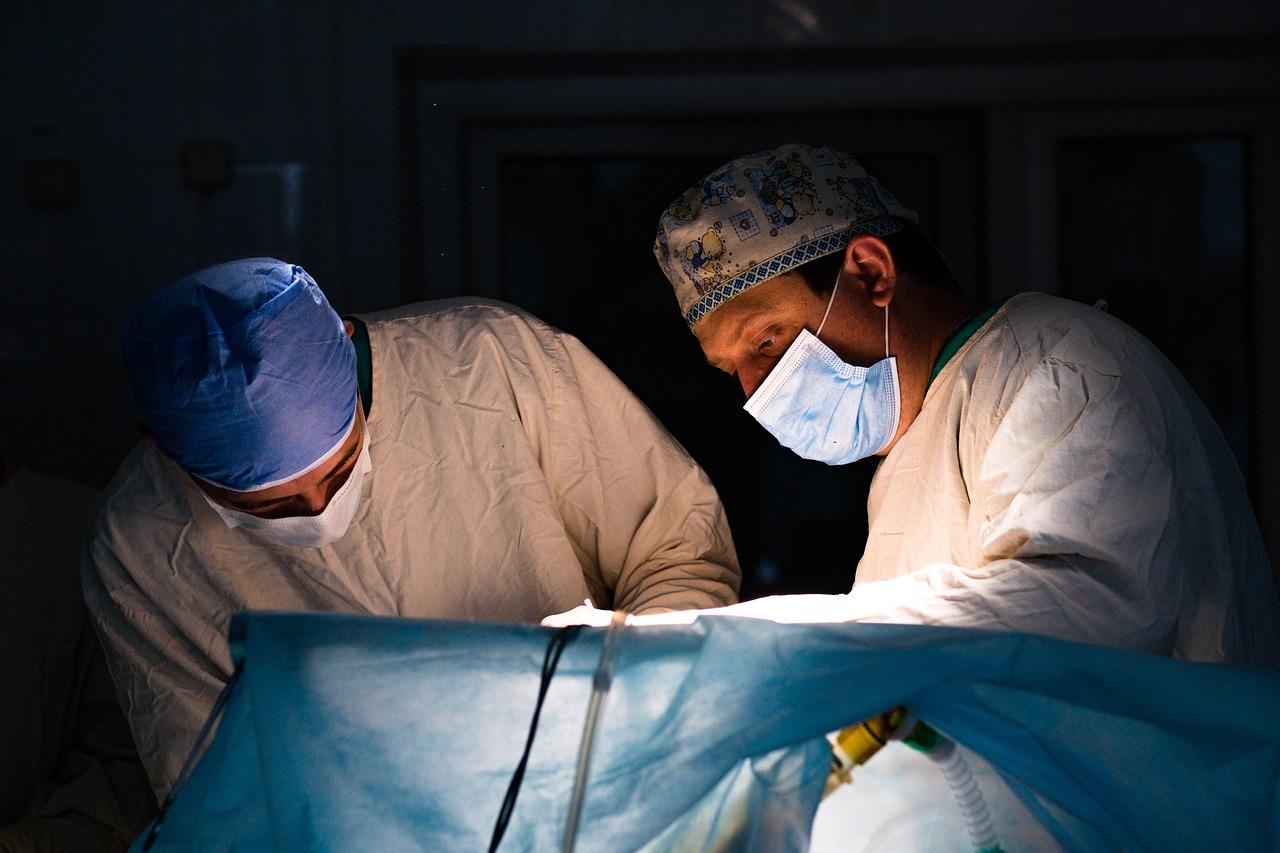
| Challenge | Potential Solutions |
|---|---|
| Cost and Accessibility: High initial investment and limited accessibility in some regions | – Continued technological advancements to reduce costs<br>- Increased collaboration between healthcare providers and 3D printing service providers |
| Regulatory Hurdles: Stringent approval processes for 3D printed medical devices | – Establishment of standardized guidelines and regulations for 3D printed medical products<br>- Streamlining of approval processes to facilitate adoption |
| Material Limitations: Availability and suitability of biocompatible materials | – Development of new, innovative materials specifically designed for medical 3D printing<br>- Expansion of material options to meet diverse surgical requirements |
| Workflow Integration: Seamless integration of 3D printing into existing surgical workflows | – Improved software and hardware integration<br>- Comprehensive training and education for healthcare professionals |
Cost and Accessibility
One of the primary challenges associated with the widespread adoption of 3D printing in surgery is the high initial cost of the technology and limited accessibility in certain regions. Potential solutions to address these challenges include:
- Continuous technological advancements to reduce the overall cost of 3D printing equipment and materials.
- Increased collaboration between healthcare providers and 3D printing service providers to improve accessibility and affordability.
Regulatory Hurdles
The integration of 3D printed medical devices into the healthcare system also faces regulatory challenges, including stringent approval processes. Potential solutions to address these hurdles include:
- Establishment of standardized guidelines and regulations for the design, manufacturing, and clinical validation of 3D printed medical products.
- Streamlining of approval processes to facilitate the adoption of 3D printing technology in the medical field.
The Future of 3D Printing in Surgery
| Future Trend | Potential Impact |
|---|---|
| Bioprinting | – Printing of functional tissues and organs<br>- Advancements in regenerative medicine and organ transplantation |
| Advanced Materials | – Development of new, highly biocompatible materials<br>- Improved mechanical properties and integration with the human body |
| Integrated Surgical Planning | – Seamless integration of 3D printing with medical imaging and surgical navigation systems<br>- Enhanced pre-surgical planning and intraoperative guidance |
| Robotic-Assisted 3D Printing | – Combination of 3D printing and robotic technologies for precise, autonomous surgical procedures<br>- Improved surgical outcomes and reduced human error |
| Personalized Medicine | – Tailored treatments and interventions based on individual patient data and 3D printed devices<br>- Improved therapeutic outcomes and reduced side effects |
Bioprinting
One of the most exciting frontiers in the future of 3D printing in surgery is the field of bioprinting. Bioprinting involves the use of 3D printing technology to create functional living tissues and even entire organs, potentially revolutionizing the field of regenerative medicine and organ transplantation.
Advanced Materials
Alongside the advancements in 3D printing technology, the development of novel materials specifically designed for medical applications is crucial. Key areas of material innovation include:
- Biocompatible Polymers: The creation of biocompatible, biodegradable polymers that can be seamlessly integrated into the human body.
- Reinforced Composites: The development of composite materials with enhanced mechanical properties, such as strength and flexibility, to better mimic natural tissues.
- Smart Materials: The incorporation of intelligent, responsive materials that can adapt to the body’s changing needs, improving the functionality of 3D printed implants and prosthetics.
As 3D printing technology continues to evolve, the role of this innovative approach in modern surgical procedures is poised to become increasingly significant, transforming the way healthcare is delivered and improving patient outcomes.
Conclusion
The integration of 3D printing technology into the medical field, particularly in surgical procedures, has revolutionized the way healthcare professionals approach patient care. From pre-surgical planning and custom implant design to the creation of personalized surgical guides, 3D printing has ushered in a new era of precision, customization, and improved surgical outcomes.
As the field of medical 3D printing continues to advance, the potential for even more transformative applications, such as bioprinting and the development of advanced biomaterials, holds the promise of further enhancing the capabilities of surgical procedures. By embracing these innovative technologies, the healthcare industry can provide patients with tailored, cutting-edge treatments that ultimately lead to better overall health and quality of life.
The role of 3D printing in modern surgical procedures is undoubtedly poised to grow and evolve, cementing its place as a critical component of the future of healthcare.



